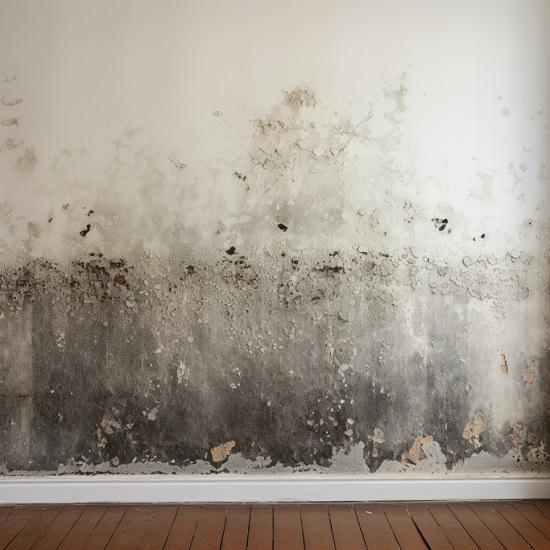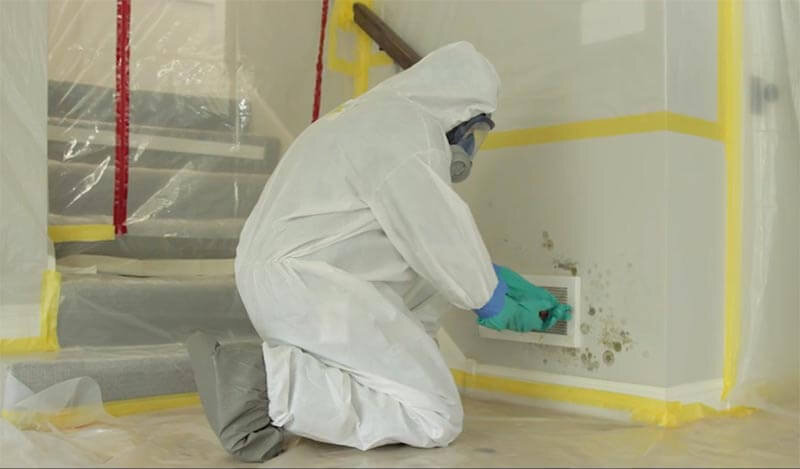Your Ultimate Guide to Blog Post Mold Removal Techniques
Navigating the world of post-mold remediation methods is a precise process that requires interest to detail and an extensive understanding of the details included. In the after-effects of mold problem, recognizing just how to efficiently remove the mold and mildew and prevent its reoccurrence is extremely important for preserving a healthy and balanced interior setting. From picking the ideal cleansing and decontaminating techniques to implementing techniques for long-lasting mold prevention, each action in the remediation journey plays an important function in ensuring a successful outcome. As we start this expedition of post-mold remediation techniques, we will certainly discover the crucial strategies and ideal techniques that can aid you recover your room to its pre-mold condition and guard it versus future mold and mildew threats.
Comprehending Post-Mold Removal Process
After completing the mold and mildew remediation process, it is vital to recognize the post-mold removal techniques that are required to guarantee a effective and thorough cleanup. Once the mold has actually been gotten rid of, the following action includes cleaning and disinfecting the affected locations to stop any regrowth of mold and mildew. This includes utilizing specialized cleaning representatives to clean down surfaces and kill any continuing to be mold and mildew spores. It is necessary to dry out the location completely to discourage the development of mold and mildew in the future (Post Mold Remediation Report). Proper air flow and dehumidification can help in this process.
Furthermore, performing a last evaluation post-remediation is important to make certain that all mold and mildew has actually been effectively eliminated. If the assessment exposes any type of remaining mold, added removal might be needed.
Efficient Cleansing and Disinfecting Approaches

Protecting Against Future Mold And Mildew Development

Relevance of Appropriate Ventilation
Appropriate ventilation plays a crucial duty in stopping wetness accumulation, a vital factor in mold and mildew growth within indoor environments. Effective air flow systems assist remove excess moisture from the air, decreasing the chances of mold and mildew spores discovering the moisture they require to spread and germinate. Without sufficient air flow, interior rooms can come to be a reproduction ground for mold, bring about potential wellness dangers and architectural damage.
By ensuring correct air flow, ventilation systems can likewise aid in drying out moist areas faster after water damages or flooding cases, even more deterring mold and mildew development. After mold remediation. In spaces like shower rooms, attic rooms, kitchens, and cellars where moisture levels have a tendency to be greater, mounting and keeping reliable ventilation systems is vital in preventing mold infestations

Tracking and Maintenance Tips
Provided the important duty that correct air flow plays in stopping mold and mildew growth, it is essential to establish reliable tracking and maintenance tips to make certain the ongoing performance of ventilation systems. Normal assessments visit this site of ventilation systems need to be performed to inspect for any indicators of obstructions, leaks, or breakdowns that might impede correct airflow. Surveillance humidity degrees within the residential or commercial property is additionally vital, as high humidity can add to mold and mildew growth. Setting up a hygrometer can help track moisture degrees and alert house owners to any type of spikes that might require interest. Additionally, making certain that air filters are on a regular basis cleaned up or changed is vital for keeping the efficiency of the air flow system. Implementing a timetable for regular maintenance jobs, such as air duct cleaning and cooling and heating view it system evaluations, can aid prevent problems prior to they escalate. By remaining attentive and positive to the condition of air flow systems, home proprietors can properly alleviate the risk of mold regrowth and preserve a healthy and balanced interior setting.
Verdict
Finally, post-mold removal strategies are important for making sure a safe and tidy atmosphere. Comprehending the process, implementing reliable cleansing and disinfecting methods, preventing future mold and mildew growth, maintaining correct air flow, and normal surveillance are all critical steps in the remediation process. By following these standards, you can effectively eliminate mold and mildew and avoid its return, advertising a healthy and balanced living or working room for all passengers.
In the after-effects of mold invasion, knowing just how to efficiently eradicate the mold and mildew and prevent its reoccurrence is critical for maintaining a healthy and balanced indoor atmosphere. Once the mold and mildew has been removed, the following step includes cleansing and sanitizing the influenced areas to prevent any type of regrowth of mold and mildew - Post Mold Remediation Report. After removing noticeable mold development, it is crucial to clean up all surface areas in the damaged location to eliminate any type of continuing to be mold and mildew spores. To even more enhance mold and mildew prevention steps, it is crucial to deal with underlying problems that originally led to mold advancement.Provided the essential role that proper air flow plays in stopping mold and mildew development, it is vital to develop reliable tracking and upkeep tips to ensure the continued functionality of air flow systems
Comments on “Important Steps After Mold Remediation”